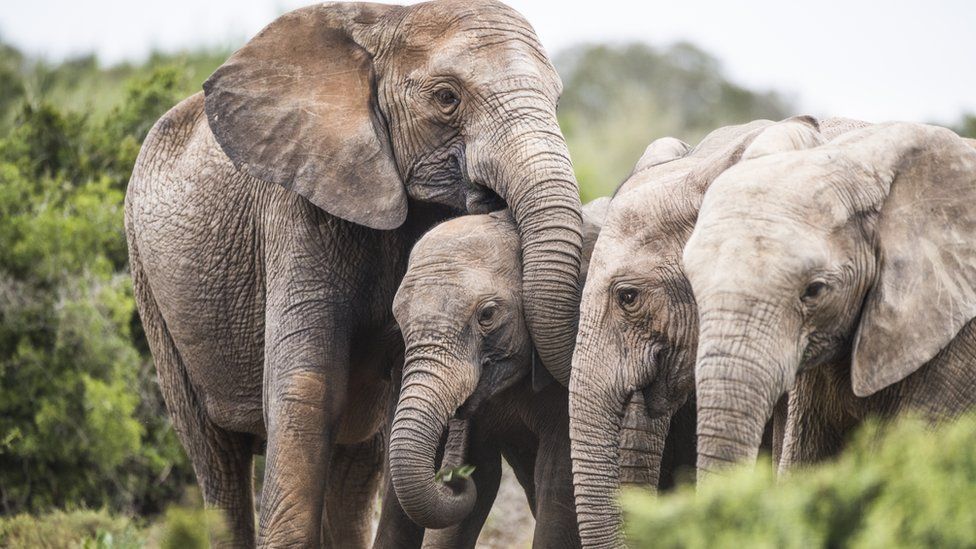During the Mozambican civil war, which spanned 15 years from 1977 to 1992, armed forces poached African elephants to sell their tusks and continue to fund their respective war machines. This caused a drastic reduction in the elephant population by the time the conflict began to subside. As much as 90 per cent of the elephant population was decimated in some areas, including the Gorongosa National Park.
When the conflict ended, elephant populations began to slowly replenish, but a nonprofit called ElephantVoices noticed that there was something different about these animals compared to those in pre-civil war Mozambique. A large fraction of the female elephants were birthing calves without the tusks that had been so sought after during the conflict. The growing population of tuskless elephants was attributed to the selective pressure caused by poaching in that area. The tuskless elephants tended to fare better, as they were missing the ivory that made other elephants walking targets.
Tuskless elephants are one fascinating example of a phenomenon termed “rapid evolution” which was the focus of a recent paper led by Sarah Sanderson, a PhD candidate in McGill’s biology department, and Kiyoko Gotanda, an assistant professor at Brock University. The paper is part of an ongoing study of rapid evolution that began over two decades ago, when this phenomenon first started to gain the scientific community’s attention.
Andrew Hendry, a researcher on the paper and a biology professor at McGill, was one of the first people to calculate the rates of change in populations and combine them into a database.
“My involvement goes back 25 years,” Hendry said in an interview with The McGill Tribune. “Back when I was a graduate student, we started to see people talking about rapid evolution [….] We’ve had several expansions of this database since the most recent one.”
The project has been a huge undertaking and one that Sanderson has been involved with since her work as a master’s student at McGill over four years ago. Aiming to conglomerate previous research into a massive dataset on rapidly changing traits from organisms around the world, much of Sanderson’s work involves filling in the gaps left by previous iterations of the database.
“I got interested in how these human disturbances are affecting rates of change in natural populations. With a bunch of other students we worked hard to fill in a bunch of gaps and add [new] data to the database, and that took a few years,” Sanderson said in an interview with the Tribune.
The dataset combined examples of rapid evolution with immediate environmental responses, as the two are often hard to distinguish. This means that some of the behaviours studied are not examples of true evolution, but rather single generational responses to environmental changes. Regardless of whether these responses are evolutionary or plastic in nature, their impact is felt throughout the local ecology.
An example of rapid evolution featured in the paper that is especially relevant to Canada is a slow decline in salmon body mass. Although it is a challenge to pinpoint any single environmental factor as being responsible for the decrease, the effects are felt throughout the salmon’s ecosystem and also by the Indigenous peoples along the Yukon River who rely on it as a food source.
The project is ambitious and will lead to a deeper understanding of how species react to changes in the environment, with human-driven changes being the main factor currently. Both Sanderson and Hendry hope that their work will benefit conservation biologists by giving them a launchpad for future investigative studies.








